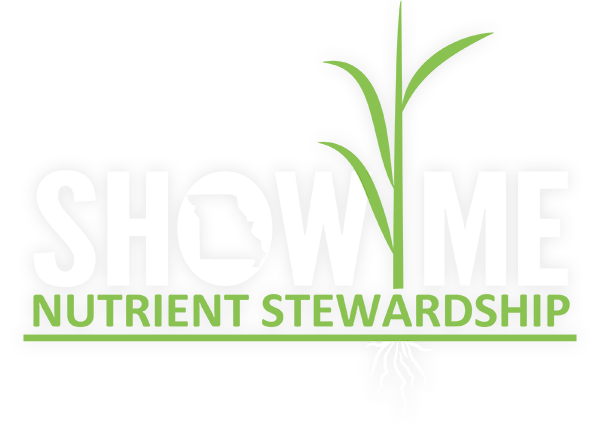The principles of 4R Nutrient Stewardship are all encompassing, but can be applied to a specific farming operation to meet the needs of specific soil types and cropping systems. Goals such as increased production, increased farmer profitability, enhanced environmental conservation, and improved sustainability can all be achieved by applying the 4Rs.
The 4Rs of nutrient stewardship involve using nutrients
from the Right Source,
in the Right Rate,
at the Right Time,
and in the Right Place.
The 4R Nutrient Stewardship approach is has been adopted by the world’s fertilizer industry and considers economic, social, and environmental dimensions of nutrient management, which are essential to the sustainability of agricultural systems. Implementation of the 4Rs leads to positive results such as an increase in soil health and better crop performance while decreasing environmental pollution and protecting wildlife.
Best management practices (BMPs) are implemented through the 4R Nutrient Stewardship program to optimize the efficiency of fertilizer use. Nutrient supply is matched with crop requirement to minimize nutrient losses from fields. Farmers can choose the BMPs best for their farm based on local soil and climatic conditions, crop, management conditions, and other factors specific to their farming operation.
Incorporating additional agronomic and conservation practices such as no-till farming, using cover crops, and managing surface water play a valuable role in supporting 4R nutrient stewardship. Adding these practices increase the effectiveness of fertilizer BMPs, increasing profitability for farmers.
For more information about the 4R nutrient stewardship program, visit nutrientstewardship.org, 4Rfarming.org, or mofcb.com/4R.
Sources:
- https://nutrientstewardship.org/4r-pocket-guide/
- https://nutrientstewardship.org/4rs/4r-principles/
- https://nutrientstewardship.org/4rs/benefits-using-4rs/

